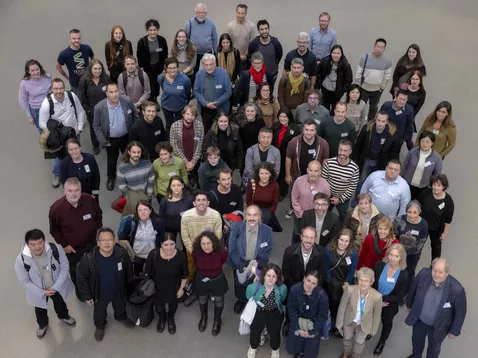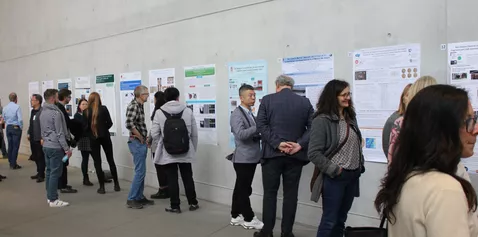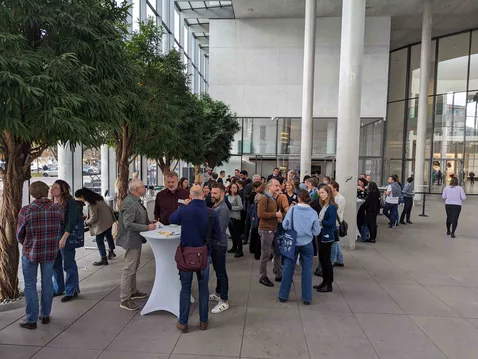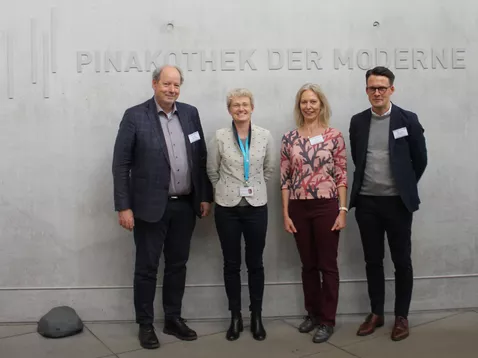News
Illuminating treasures of the past
Wissenschaft, Allgemein |




The SR2A conference (“Synchrotron Radiation and Neutrons in Art and Archaeology”) celebrated an anniversary this year: for the tenth time since 2005, the conference was dedicated to the question of how X-ray and neutron radiation can be used to research archaeological finds and works of art.
Combination of enthusiasm for art and excellence
“As a city of art and culture, Munich is a wonderful venue for this conference,” says Dr. habil. Ina Reiche, Chair of the SR2A International Committee. “After cities like Amsterdam, New York, Paris, and Chicago, Munich represents another outstanding combination of enthusiasm for the arts and scientific excellence.”
30 lectures
With seven top-class keynote speakers from Australia, China, and the USA, over 30 talks, and numerous poster contributions, a wide range of topics were covered – from the conservation of important works of art to provenance and object research to production techniques.
“An absolute highlight in the calendar”
“We are delighted to welcome the participants of the SR2A anniversary edition to the Pinakothek der Moderne,” says Eva Ortner, Director of the Doerner Institut. “The conservation and restoration of works of art is our institute’s mission – and this conference will bring together experts from all over the world to discuss precisely these topics here in Munich. This is an absolute highlight in the 2023 calendar of events!”
Wide range of uses for neutrons and synchrotron beams
Prof. Dr. Peter Müller-Buschbaum, Scientific Director of the MLZ and the Research Neutron Source Heinz Maier-Leibnitz (FRM II), agrees: “It is always fascinating to see how broad the range of uses of neutron and synchrotron sources is. At the SR2A, we have seen how masterpieces and treasures of the past can be illuminated in the truest sense of the word. We want to make this possible for future researchers worldwide at the MLZ, too.”
The conference participants came from various disciplines: from physics and chemistry to paleontology, geology, archaeology, conservation, and art technology. The scientific contributions included presentations and discussions on research into fossil teeth, indigenous mineral pigments, antique swords, Venetian paintings, and the masterpieces of Rembrandt and Caspar David Friedrich.